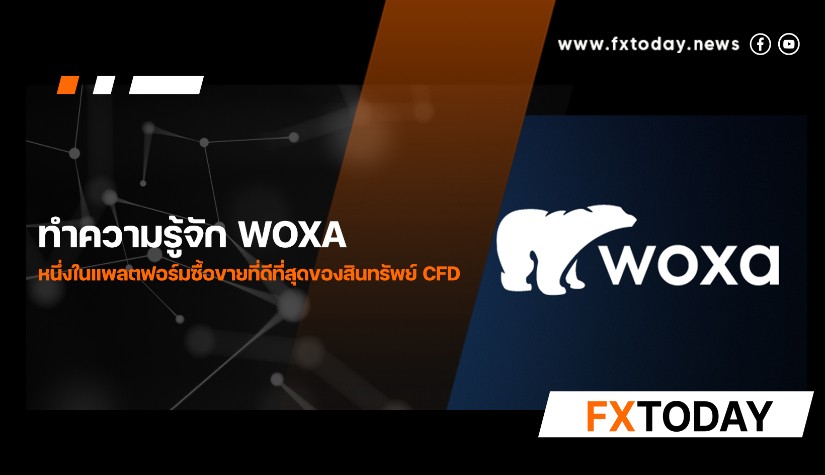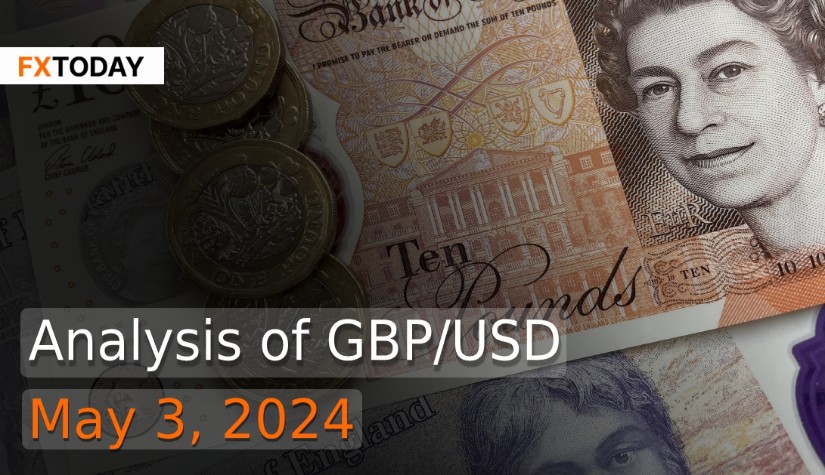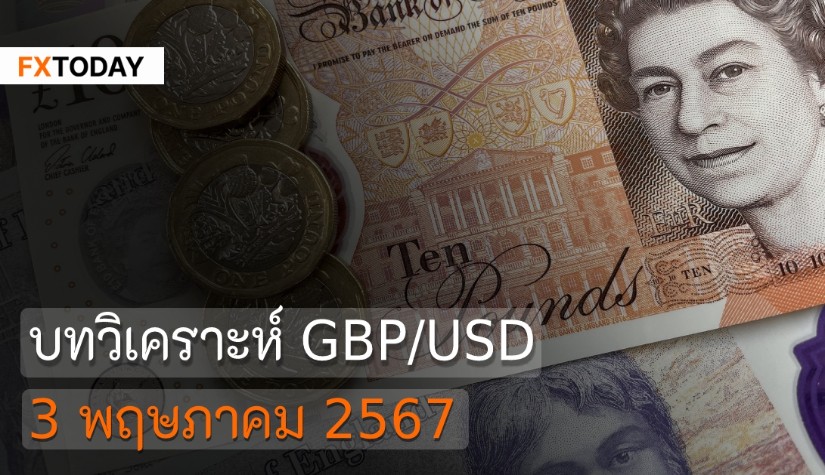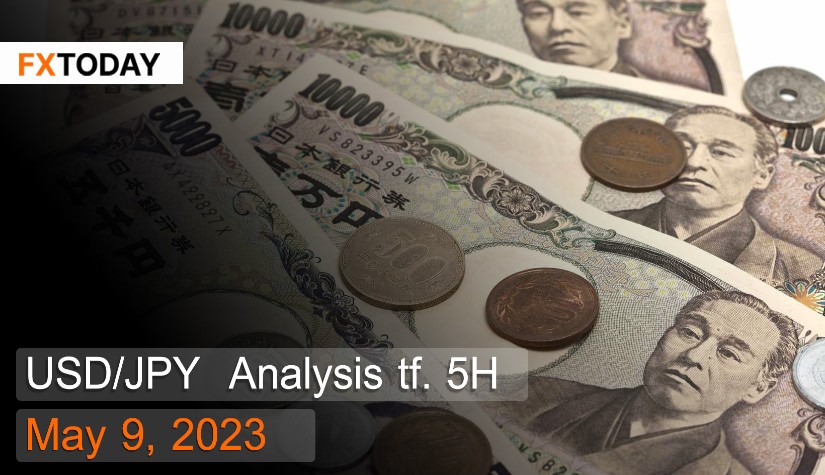Understanding and capitalizing on trends in the forex market is crucial for traders seeking to maximize profits. By analyzing price movement directions, traders can predict future trends and utilize various indicators to navigate the market with precision. This comprehensive guide will delve into the different types of trends in the forex market, their patterns, and how traders can leverage this information to improve their trading performance.
What Are the Trends in the Forex Market?
A trend in the forex market refers to a consistent price movement in a specific direction over time. These trends can be categorized as uptrends, downtrends, or sideways trends. To optimize profits in the forex market, traders must accurately determine the opening and closing orders for each trade. The following sections will provide an in-depth analysis of the three primary types of trends in the forex market.
Types of Trends in the Forex Market
There are three trends in the forex market as follows:
1. Uptrend
An uptrend, often known as a "bull market," is a market trend where prices consistently increase. During an uptrend, new support and resistance levels are generally higher than the preceding ones.
However, temporary breaks are common in forex market uptrends, which may cause prices to experience periods of stagnation or slight decline before continuing to rise. Traders should remain vigilant when prices reach new highs or surpass prior peaks, as these surges may stall and reverse into a downtrend.
2. Downtrend
A downtrend, or "bear market," is a market trend characterized by falling prices. Downtrends feature new support and resistance levels that are lower than previous levels.
These conditions often lead to continuous downward price movements and the breaking of support levels. During a downtrend, traders should be prepared to adapt their strategies to capitalize on falling prices or protect their investments from potential losses.
3. Sideways Trend
Sideways trends involve fluctuating price movements that do not exhibit a clear upward or downward direction in the short term. These trends are prevalent in the forex market due to its nature as a foreign exchange market.
In sideways trends, new support and resistance levels are slightly higher or lower than previous ones, but the differences are typically minimal. Traders often encounter sideways trends when dealing with currency pairs that are either overvalued or undervalued.
Additional Factors to Consider
While understanding the basic types of trends in the forex market is crucial, traders must also consider other factors that can impact price movements. These factors include economic indicators, political events, and market sentiment. By staying informed about global economic and political developments, traders can better anticipate potential trend changes and adjust their strategies accordingly.
Conclusion
The forex market features three primary trend types: uptrends, downtrends, and sideways trends. Each trend presents unique price movement patterns, making it essential for traders to identify the current market trend to make informed decisions and trade effectively.
By recognizing and understanding trends, as well as considering additional factors that influence price movements, traders can adapt their strategies, make better-informed decisions, and ultimately enhance their trading performance.
______________________________
Maximize your knowledge: Blog
Keep up to date on global events: News
Updated
1 year ago
(Apr 27, 2023 17:03)
















